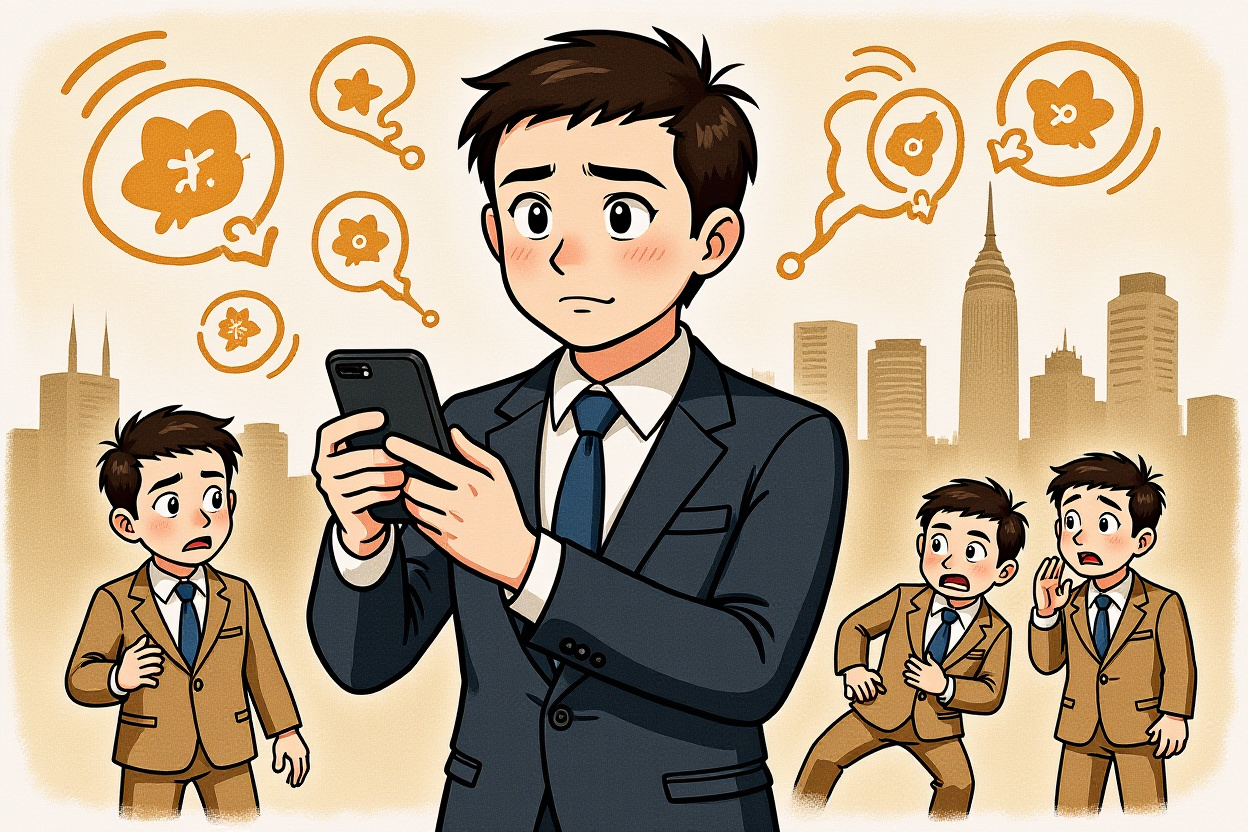Digital scholar Liu Xingliang (刘兴亮) recently shared a disturbing video detailing his encounter with Ping An Insurance, which he suspects leaked his personal information minutes after he filed a car insurance claim. What should have been a straightforward process turned into a flood of suspicious calls, raising serious questions about data security in the insurance sector. This incident highlights a growing threat to consumer privacy and the urgent need for systemic reform. Insurance data leak incidents are becoming alarmingly common, and this case serves as a critical warning for policymakers and customers alike.
The 10-Minute Insurance Scam Onslaught
Liu Xingliang’s ordeal began when he contacted his insurance provider’s official customer service to report a car accident. The representative took down his details and assured him that he would receive a call back. What happened next was both bizarre and alarming.
Within just 10 minutes, Liu received four calls from different individuals, each claiming to be associated with the insurance claim process. The first caller identified themselves as a “claims processor.” Liu added this person on WeChat and began sharing relevant documents. Almost immediately, a second call came through.
Impersonators in Quick Succession
The second caller stated that the first person was only responsible for filing the claim, while they were in charge of assessing damages and arranging repairs. Trusting the process, Liu added this second contact on WeChat as well. But as he did so, a third call arrived.
This third call took an unusual turn. The caller hinted that “some things are better discussed privately” and requested to switch to a personal mobile number. When Liu inquired, the caller suggested exaggerating the damage—claiming, “It’s a waste to only repair the rearview mirror. Are there any other scratches we can include?” They even offered a substitute vehicle or a cash equivalent, termed “transportation allowance.”
The Unexpected Fourth Caller
While Liu was still processing this, a fourth call came in. This caller warned him that except for the first person, the others were likely scammers. Astonishingly, they accurately named the first caller, adding a layer of credibility to their warning.
It was only at this point that Liu realized something was terribly wrong. He immediately circled back to the official customer service hotline, where he was informed that only the first caller was legitimate. The others had no affiliation with the insurance company.
How Did the Scammers Get His Information?
The big question looming over this incident is: How did these scammers obtain Liu’s personal and policy details mere minutes after his official report?
Possible Explanations and Their Flaws
Some have theorized that claims, damage assessment, and repair coordination might involve different departments, hence the different callers. However, this contradicts the official customer service’s confirmation that only the first caller was authorized.
Another theory suggests that repair shops might be “casting a wide net” by calling recent claimants to sway their choice of service provider. While this may not directly aim to defraud individuals, it still raises significant ethical and legal concerns.
– How did these third-party repair shops get his number?
– How did they know he had just filed a claim?
– How did they access accurate personal and policy information?
The Role of Insurance Companies in Data Leaks
The only clear common denominator in these insurance data leak cases is the insurance company itself. There is substantial evidence suggesting that personal data leaks are systemic within the industry.
A recent court verdict published on China’s Judgement Online revealed that Yang, a telemarketing lead at Pacific Insurance’s Anhui branch, had sold province-wide vehicle purchase data. The dataset included highly sensitive information: names, ID numbers, phone numbers, vehicle identification numbers, and insurance expiration dates—each record sold for between ¥0.7 and ¥0.9.
Insurance Data Leak: An Industry-Wide Problem
This is not an isolated incident. Insurance companies have repeatedly been identified as hotspots for personal data leakage. In many cases, these leaks are driven by commercial incentives.
Who Buys and Sells This Data?
The primary buyers of such data are other insurance providers and auto service companies. For them, access to such detailed information supports business development and profitability. Many companies turn a blind eye to these practices, and in some instances, senior executives may even be involved.
Despite being a criminal offense, the enforcement of laws against buying and selling personal information remains weak. In the Pacific Insurance case, the buyers were merely placed under residential surveillance (取保候审), reflecting a broader trend of low accountability and minimal consequences.
The Broader Implications of Data Vulnerability
In today’s digital landscape, personal data is often exposed without consent. Whether it’s signing up for an exam, filling out a survey, or interacting with a real estate agent, it’s common to almost immediately receive marketing calls or messages. This level of transparency has been aptly described as “running naked” in terms of privacy.
While marketing calls can be annoying, the risks escalate significantly when scammers get hold of this information. The line between aggressive marketing and criminal fraud is thin, and without robust safeguards, consumers are left vulnerable.
Who Bears Responsibility?
When data leaks occur, who should be held accountable? Can affected individuals only resign themselves to their misfortune? The current legal and regulatory framework often leaves victims with little recourse.
Insurance data leak incidents not only violate privacy but can also impact future premiums and policy terms. The financial and emotional toll on consumers is real, and the lack of accountability exacerbates the problem.
Protecting Yourself: What Can Consumers Do?
While systemic change is necessary, there are steps individuals can take to minimize their risk.
– Verify callers through official channels before sharing any information.
– Be cautious of unsolicited calls, especially those requesting personal or financial details.
– Use privacy-focused communication tools and avoid sharing sensitive data on unsecured platforms.
– Report suspicious activity to both the insurance company and relevant authorities.
The Urgent Need for Reform
The case of Liu Xingliang is a microcosm of a much larger issue. Insurance data leak scandals are symptomatic of an industry in need of stricter regulations, transparent practices, and severe penalties for violations.
Data protection laws must be enforced rigorously, and companies should be held financially and legally responsible for breaches. Consumer awareness and advocacy can also drive change, pushing insurers to prioritize privacy and security.
As individuals, we must remain vigilant and proactive. As a society, we must demand better safeguards and accountability. Until then, stories like Liu’s will continue to remind us of the pervasive threats lurking in our digital lives.




